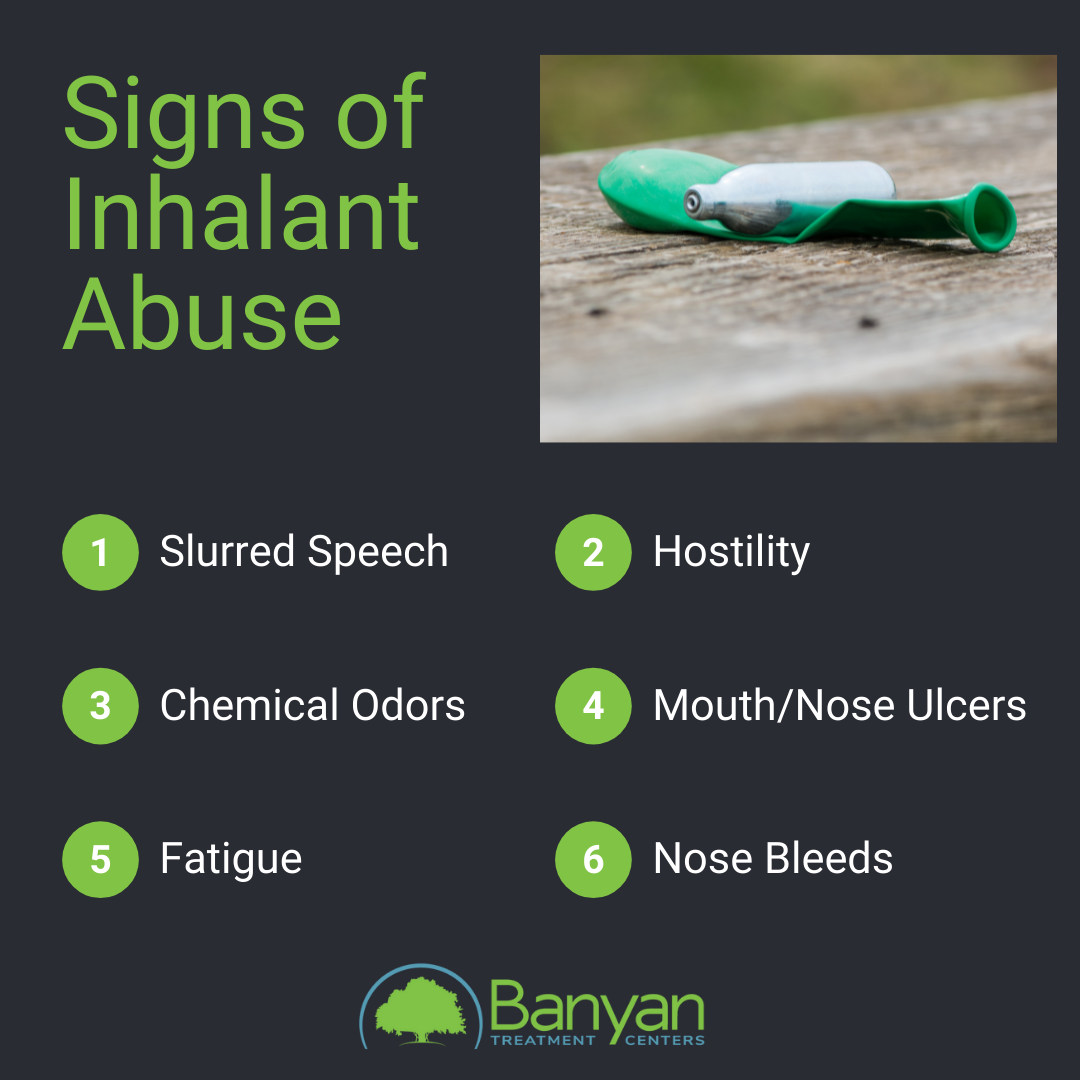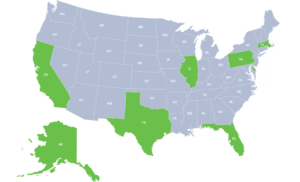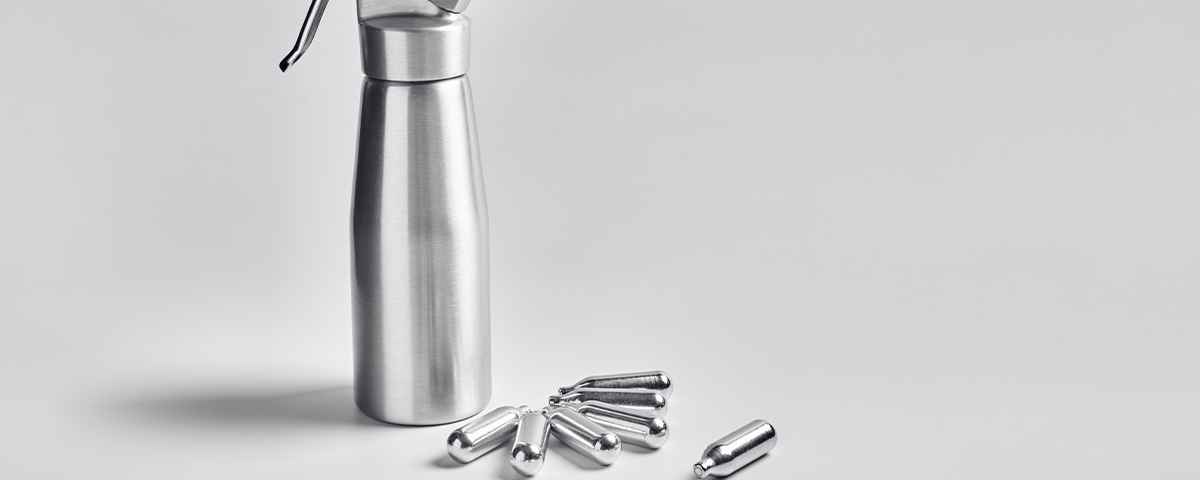Early identification and intervention are the best ways to stop inhalant abuse in its tracks.
There was a noticeable increase in inhaling solvents, aerosols, and other chemicals in the early 2000s, and they are most prevalent among children, adolescents, and young adults. In 2013, an estimated 24.6 million Americans aged 12 and older were current illicit drug users, and among the substances in question were inhalants.1 As a substance abuse treatment center in Pompano, we want to share the signs of inhalant abuse in hopes of reducing this ongoing issue.
Inhalants Definition and Examples
Inhalant abuse refers to the deliberate inhalation of a volatile substance to achieve a high or an altered mental state. Inhalant abuse goes by many names, including inhalant use disorder, volatile substance abuse, solvent abuse, sniffing, huffing, and bagging.2 Specifically, inhalants are chemicals that can be found in household items and workplace products such as air fresheners or keyboard cleaners. These products produce chemical vapors that can cause a high.
Some common examples of inhalants include
- Paint thinner
- Paint remover
- Degreaser
- Gasoline
- Lighter fluid
- Glue
- Nail polish remover
- Dry cleaning fluid
- Correction fluid (White Out)
- Markers
- Spray paint
- Air fresheners (like Febreze or Lysol)
- Hair spray
- Spray deodorant
- Gases (including whippets or nitrous oxide)
- Nitrites (like leather cleaners or liquid aroma)
Inhalant abuse is more common in males than females and can begin as early as five years old and continue into adulthood. Individuals who have experienced childhood trauma, sexual abuse, criminal behavior, mental illness, and other forms of substance abuse are more likely to develop an inhalant addiction. Banyan Treatment Centers Pompano offers different levels of addiction care that are efficient in treating addictions to volatile substances. If you have this problem or know someone who does, our services can help.
What are the Signs of Inhalant Abuse?
Inhalants are abused by breathing them in through the nose or mouth. A person can sniff fumes from containers, dispensers, or aerosol sprays directly into their mouth or nose. Some even soak a rag or paper in these chemicals and place it over their nose and mouth. Inhalant abusers may also practice bagging, which is when you inhale a substance from a balloon or bag. Because the high from inhalants is short-lived, users may continuously breathe in these chemicals throughout the day.
Some common signs and symptoms of inhalant abuse include:
- Chemical odors on the breath or clothes
- Paint stains or other stains on the hands, fingers, or clothes
- Extreme decrease in weight and appetite
- Decline in school or work performance
- Runny nose or frequent nose bleeds
- Slurred speech
- Lack of concentration
- Lack of motor movement and coordination
- Ulcers or irritation around or in the nose or mouth
- Obvious changes in behavior
- Fatigue
- Depression
- Hostility
Long-term inhalant abuse can lead to serious mental problems and cognitive delay. These chemicals are dangerous because they cut off oxygen from the brain, which can cause cell loss, coma, and even death. When there is a lack of oxygen, cardiac arrest can be the result. Inhalant overdose can also occur, which increases the risks of coma and death.
Banyan Pompano offers different inhalant abuse treatment options, including a 12-step program, CBT, and addiction counseling. If you recognize the signs of volatile substance abuse in your loved one, get help immediately. Call us now at 888-280-4763 for more information about our unique therapies and admission process.










